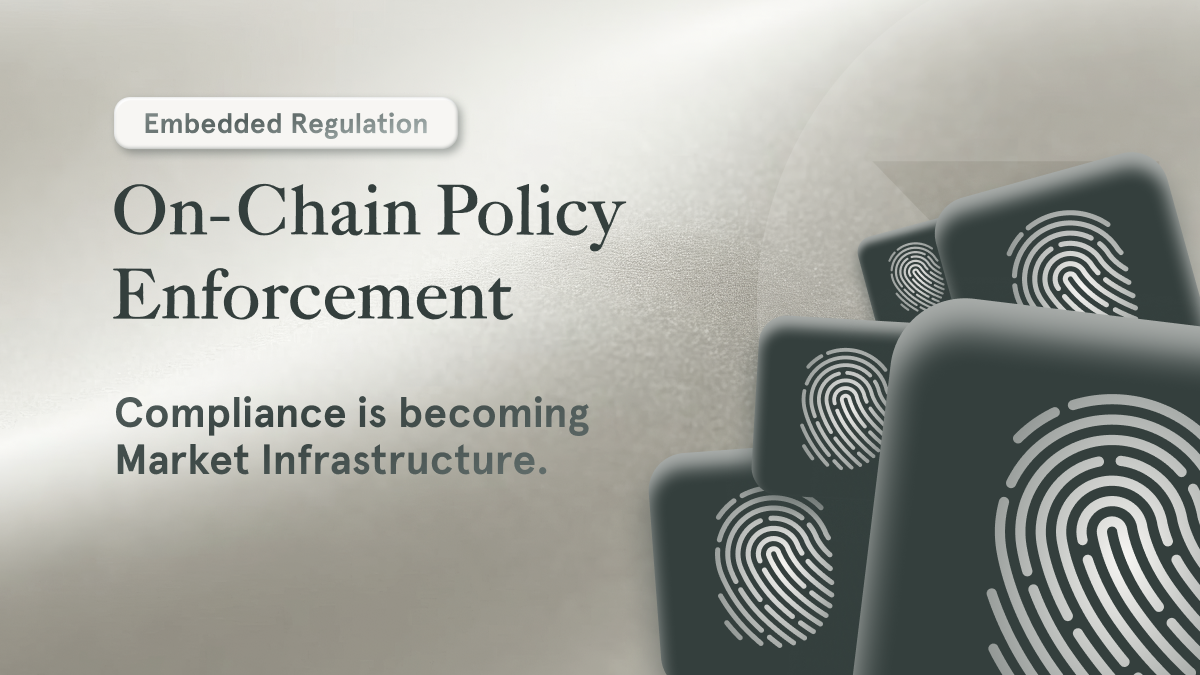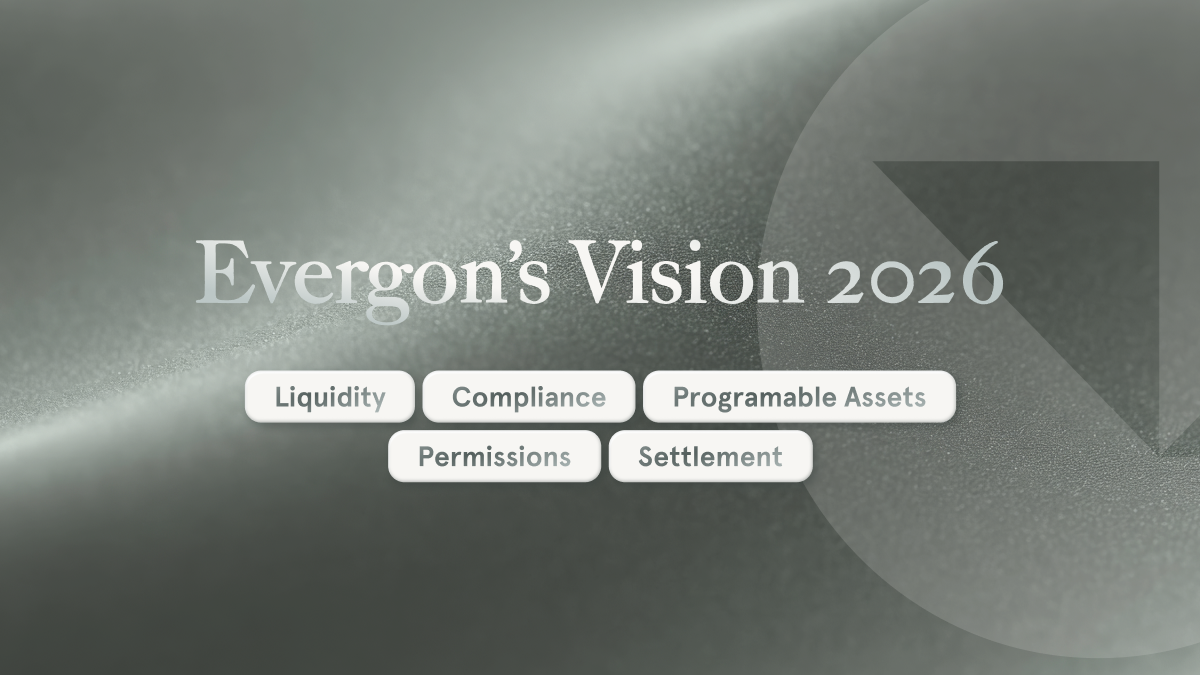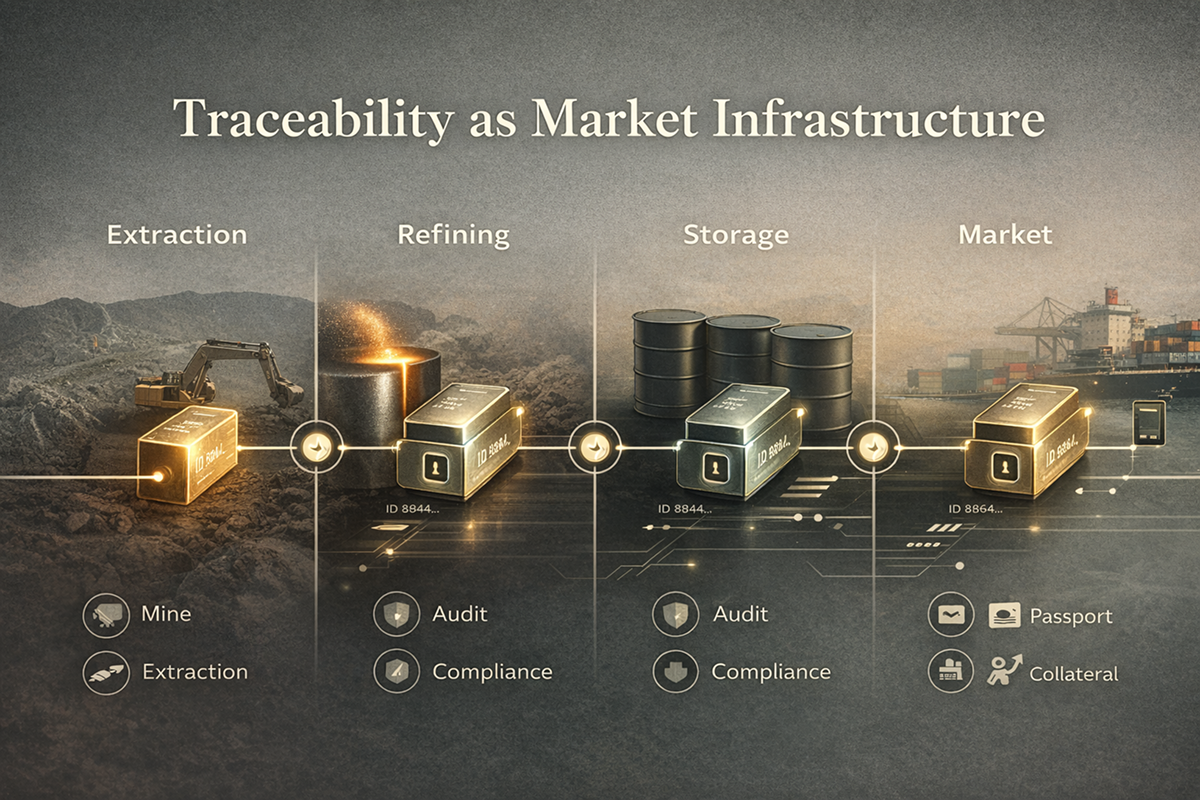The Internet of Assets
Hi, I’m Rachid, founder of Evergon by Nexera.
From day one my focus has been clear: create a lasting blueprint for tokenization and interoperability. We have spent years researching, designing, and testing, and now we are ready to reveal our work.
Before we get into features and architecture, here’s why it matters.
This is the Internet of Assets, explained.
We began human to human.
Language was our first protocol.
We traded, promised, and recorded value with words and paper ledgers, across assets that were tangible like goods and property and intangible like rights and information.
Computers added a new interface from human to machine. Software translated intent into instructions a processor could execute. Then networks arrived, and machines learned to talk to each other through open protocols like TCP and IP. The web connected billions of devices, and a second home emerged alongside the physical world, a digital world where we search, stream, and click buy. Physical to digital became routine, yet the web did not natively handle ownership.
Information moved easily, rights did not.
Blockchain introduced a third space.
The on-chain world, where state and rules live together in a common record. Now assets can carry identity, memory, and policy that the network can verify. AI agents provide the active layer, the practical soul of these assets, perceiving conditions, reasoning within policy, and taking or proposing actions that the ledger can prove.
The benefits of digitalized assets are undiscussed.
Now the question for institutions and builders is simple: "How can I bridge the physical and digital worlds?"
Tokenization, reframed
Tokenization is that bridge.
In plain terms, it gives an asset a ledger native identity and state, turning rights and obligations into something the network can recognize, secure, and execute under policy. A share in a fund, a unit of inventory, a receivable, a carbon credit: Each can be represented with the properties it needs to act predictably and be verified. Tokenization is not the destination. It is the rail that brings assets into an environment where their lifecycle can run with clarity.
When many such bridges connect, something larger appears: An Internet of Assets.
Just as the web unified documents and media, an internet of assets lets value be addressed, moved, and coordinated with the same reliability that information enjoys today.
What powers the Internet of Assets
Programmability
Tokenization gives assets a ledger native identity and state. Rights, obligations, and lifecycle events are encoded so actions such as issuance, transfer, settlement, redemption, and corporate actions execute deterministically under policy.
Interoperability
Standards over silos. Tokenized assets retain their identity, provenance, and controls across custodians, venues, and networks. Coordinated state ensures that the same asset remains the same everywhere it appears.
Assurance
Compliance, audit, and risk are verifiable by design. Every change is timestamped and provable. Controls run before settlement, and privacy preserving attestations let partners and regulators verify what matters without exposing what does not.
From static records to assets with memory and rules
On the web, a file is a file.
In the Internet of Assets, a tokenized instrument remembers where it came from, who can hold it, how it may move, and what should happen next. Eligibility checks, disclosure requirements, lockups, and reporting obligations become part of the asset’s state rather than a stack of emails and spreadsheets.
The result is not value as software, but ledger native assets that carry their own policy.
AI agents as the living layer of assets
As tokenized assets gain clear rules and verifiable state, they can be observed, reasoned about, and operated by AI agents that work inside policy. Agents sense data from systems and markets, verify what is true, weigh options against constraints, and either propose or execute actions that the ledger can record and others can attest to. They create continuity, because every step can be traced to evidence and policy.
A receivable can monitor supply chain and ERP events, prove eligibility, and request financing when thresholds are met. A fund unit can track exposure and liquidity, trigger rebalancing to its mandate, and publish attestations to stakeholders. An energy credit can reconcile against meter data, schedule settlement windows, and retire when obligations are met.
Assets are not static entries.
They participate in their own lifecycle.
Why this matters now
- Institutional grade ledgers and custody have matured.
- Standards are converging across issuance, identity, and controls.
- Privacy tech supports selective disclosure and measurable compliance.
- AI has moved from demo to dependable teammate when bounded by policy.
Together, these ingredients convert today’s fragmented workflows into verifiable, coordinated lifecycles. Instead of stitching systems with manual glue, organizations operate on rails where state and rules align.
What Evergon by Nexera is building
Evergon is the operating system for the Internet of Assets.
We help institutions and builders turn assets into ledger native objects with embedded policy and lifecycle orchestration. Our rails connect the physical and digital to the on chain world so issuance, movement, settlement, and reporting are consistent and verifiable across partners and networks. Interoperable by design and enterprise ready by default, Evergon lets organizations adopt tokenization without losing the controls they rely on.
A few concrete scenes
- Working capital that works itself
A manufacturer’s receivable is tokenized with eligibility rules and aging logic. When it reaches a threshold, it becomes financeable to approved providers, who can verify provenance and terms without re papering. Financing executes, records update, and audit trails are complete. - Funds with policy that travels
A share in a regulated fund carries jurisdictional and investor type constraints. It can move between approved venues and custodians while preserving provenance and restrictions. Subscriptions, transfers, distributions, and reporting follow one consistent state. - Energy credits with trustworthy lineage
Each credit is bound to source data and issuance rules. Reconciliation, retirement, and transfer are provable, with selective visibility for auditors and stakeholders. Markets gain liquidity without sacrificing integrity.
In each case, tokenization is the on ramp and Evergon is the operating system that keeps identity, rules, and state aligned as assets move through their lifecycle.
The bigger picture
The first internet turned documents into a network.
The Internet of Assets connects value with the same discipline: addressable, transferable, and observable, with built in policy and proofs. It does not erase the physical and digital worlds. It coordinates them with the on chain record so participants can act with confidence.
Evergon helps institutions and builders turn assets into software defined processes and tokenized, ledger native objects, with compliance baked into the code. Interoperable by design and enterprise-ready by default.
This is modern finance moving like the internet, beyond tokenization and into a programmable, verifiable economy.
Tokenize Your Assets Now
Start free today or book a demo to see how Evergon transforms your financial operations.





